Last year’s WWDC was a rare step away from hardware for the company, without a single device announcement. In fact, Apple’s gadget lines have largely been the subject of quiet releases over the past year. Ahead of the big Apple TV unveil, the company issued several press releases highlighting minor updates to flagship lines.
Just last week, it did the same for the MacBook, with a quiet announcement around the latest attempt to resolve longstanding issues with the malfunctioning keyboards. Next week’s developer show, on the other hand, is shaping up to be something altogether different. All signs point to a load of big announcements, including, potentially, some Pro hardware.
After a fairly slow I/O and Build, Apple could really make a splash here. The company’s not immune from larger industry trends, and is at a kind of crossroads at the moment. Its last financial call highlighted a shifting focus away from hardware, toward services and content. It makes sense — after all, smartphone sales have slowed across the board, just as the company started making massive investments in content through Apple TV+.
Of course, WWDC is, at its heart, a developer show. And while Monday’s kick-off keynote is very much for the public at large, the true nature of the show is highlighting what’s new with Apple’s various operating systems. Let’s start with the biggie.
iOS 13
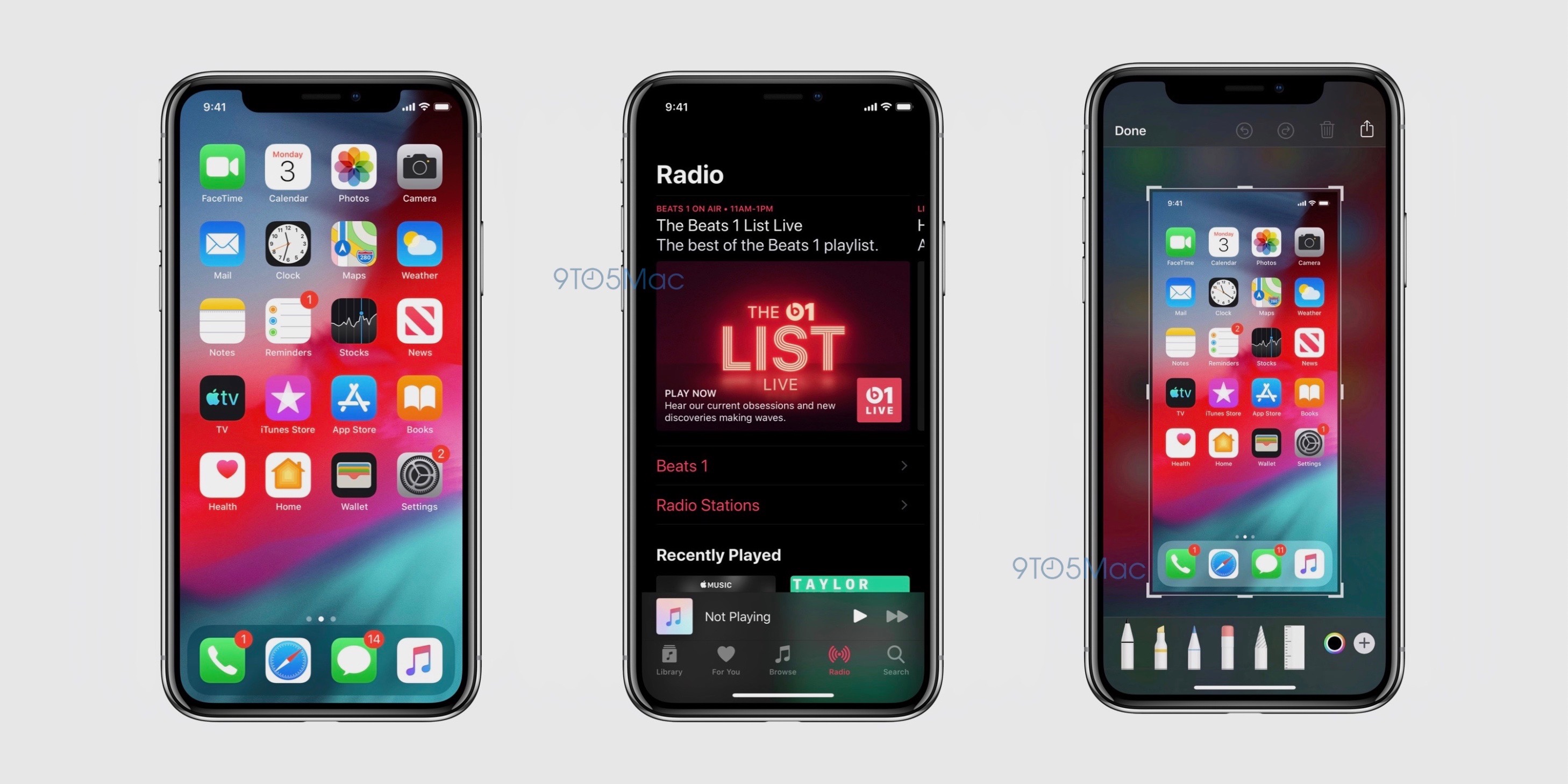
The leaks have already started, and the big news so far is system-wide Dark Mode, following in the footsteps of MacOS. Easier on the eyes and battery, expect the update to take much the same form as it did on desktop, starting with Apple’s own apps, with more third-party partners arriving in the following months. Given how much more aggressive and engaged the iOS development community tends to be, however, I’d anticipate them falling in line a lot quicker this time out.
Bloomberg’s got a bunch of additional features for iOS 13, which has reportedly been operating under the codename “Yukon” (apparently Apple’s already at work on iOS 14, Azul, as well, which will have a 5G and AR focus).
Unsurprisingly, the Health app is getting a makeover. In fact, expect health to be a big focus for the company yet again at the event (see also: Apple Watch). Native support for Duet Display, like second screen iPad functionality, has been rumored to be in the works for a while. On a personal note, I can say it’s been a game changer for me, and native support will only make things better.
Mail, Maps and Home are said to be receiving updates as well. There will be bug fixes throughout, as well, said to make the system operate better on new and old systems alike. It’s a nice upgrade and, perhaps, tacit acknowledgment of the fact that consumers are simply holding onto their devices for longer these days.
MacOS 10.15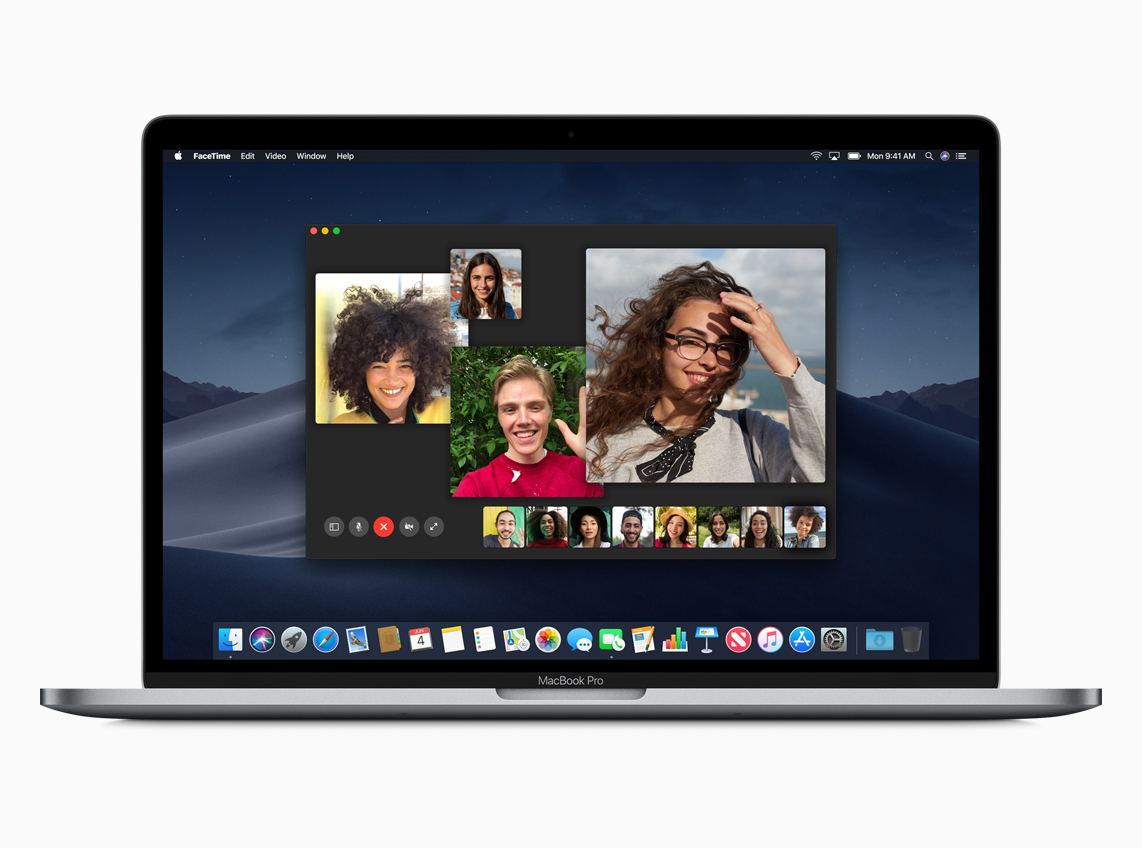 Much like the smartphone, the PC is very much in a transitional space — though its identity crisis has been ongoing since it was completely overshadowed by the smartphone. For many Windows PC makers, that’s meant novel approaches like second screens, which were all the rage at Computex in Taipei this week.
Much like the smartphone, the PC is very much in a transitional space — though its identity crisis has been ongoing since it was completely overshadowed by the smartphone. For many Windows PC makers, that’s meant novel approaches like second screens, which were all the rage at Computex in Taipei this week.
For Apple, however, that means definitively reclaiming the throne of king of the creative professionals, after an influx of competition from the likes of Microsoft and Samsung. But to start things off, the company’s going to once again borrow liberally from iOS.
Last year the company showed off a trio of apps — News, Stocks and Voice Memos — as a preview of the upcoming ability to port iOS apps to the desktop. That attempt to foster Mac app development, codenamed Marzipan (Apple’s all in on the fun codenames this year) will take center stage. Other iOS cribbed features include Screen Time, iMessage effects and Siri shortcuts, along with updates to a handful of existing Mac apps.
Mac hardware
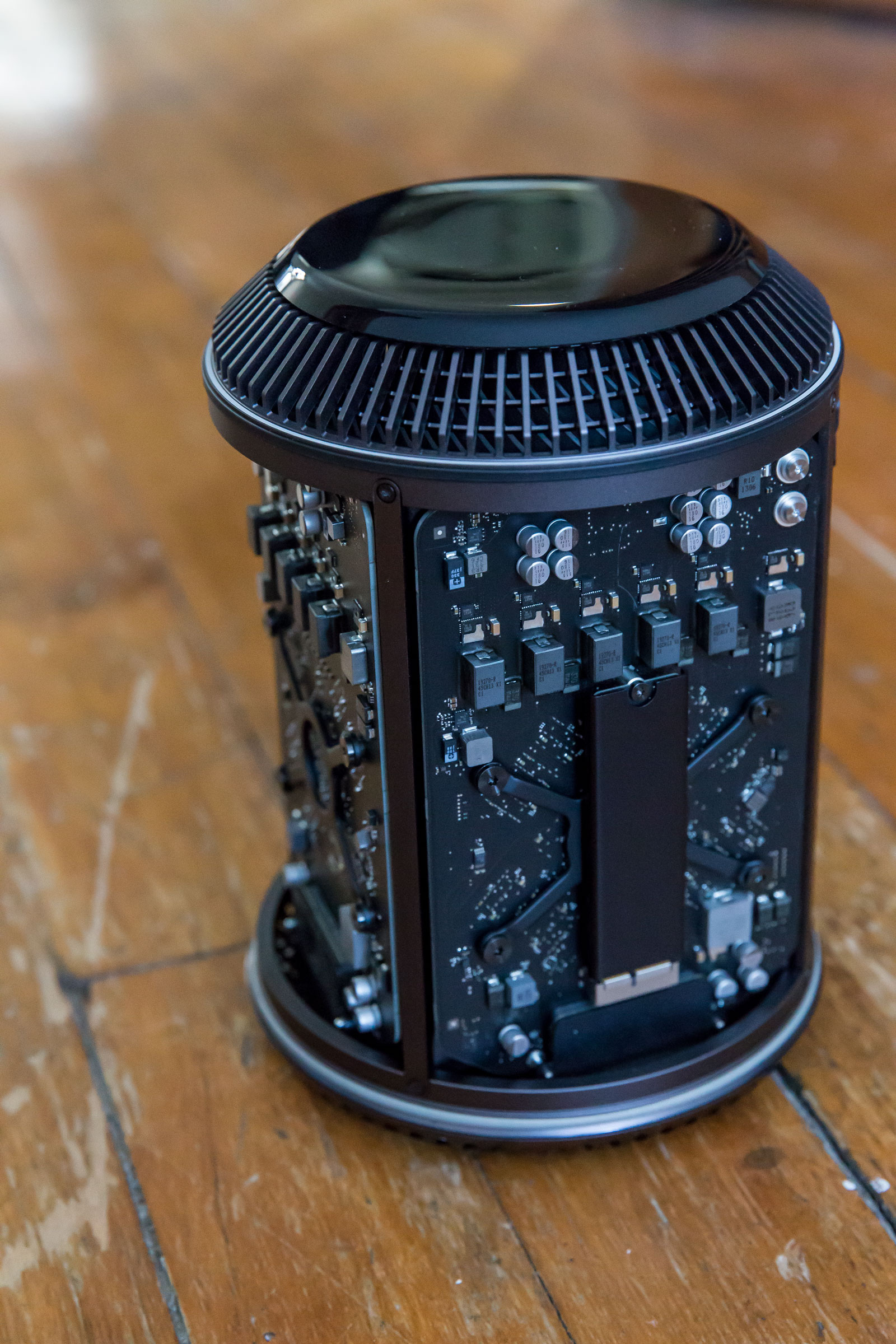
What’s really exciting here, however, is the long-awaited arrival of Mac Pro. I’m going to tell you to take this one with a grain of salt, just because, well, we’ve all been burned before. As previously noted, Apple hit pause on the category, which plans to completely revamp the high-end desktop. The iMac Pro has addressed the need for some, but for many pros with demanding workflows, there’s been a trash can-shaped hole in their heart.
Just about all signs appear to point to the the long-awaited refresh arriving next week. Ditto for a recently rumored 31.6-inch, 6K pro display, which would fit nicely alongside the Pro and the smoldering ashes of your checkbook.
Also

Apple’s most recent event was all about Apple TV. The company had a LOT to show off on that front, and while the redesigned app has already arrived, expect the company to continue talking up Apple TV+, the forthcoming billion-dollar, cable-killing, premium-content offering from the company.
Last time Apple talked up the Apple Watch, it had some transit news to discuss. That goes live in New York tomorrow, by the way. This time out, expect a lot on the health front. That’s been the company’s focus for a while now, both as a way to distinguish the product from a flood of fellow wearables and to get it taken more seriously by the FDA and, by extension, healthcare providers. Menstrual tracking and a feature for keeping track of medications appear to be in the works.
So, too, are new Voice Memos, Calculator and Apple Books apps.
The party gets started Monday at 10AM PT / 1PM ET. We’ll be there with a live blog, breaking news and unicorn skull shards in tow.

from TechCrunch https://tcrn.ch/30QPLCV









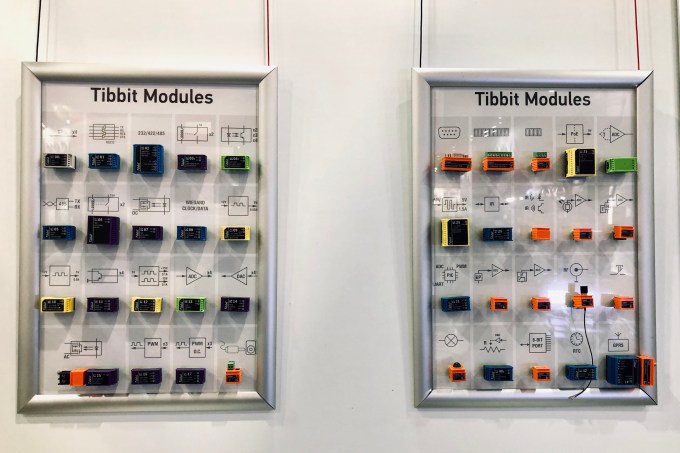

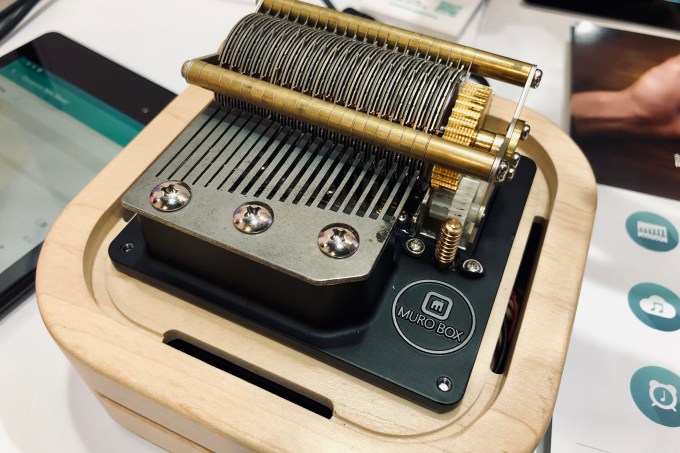






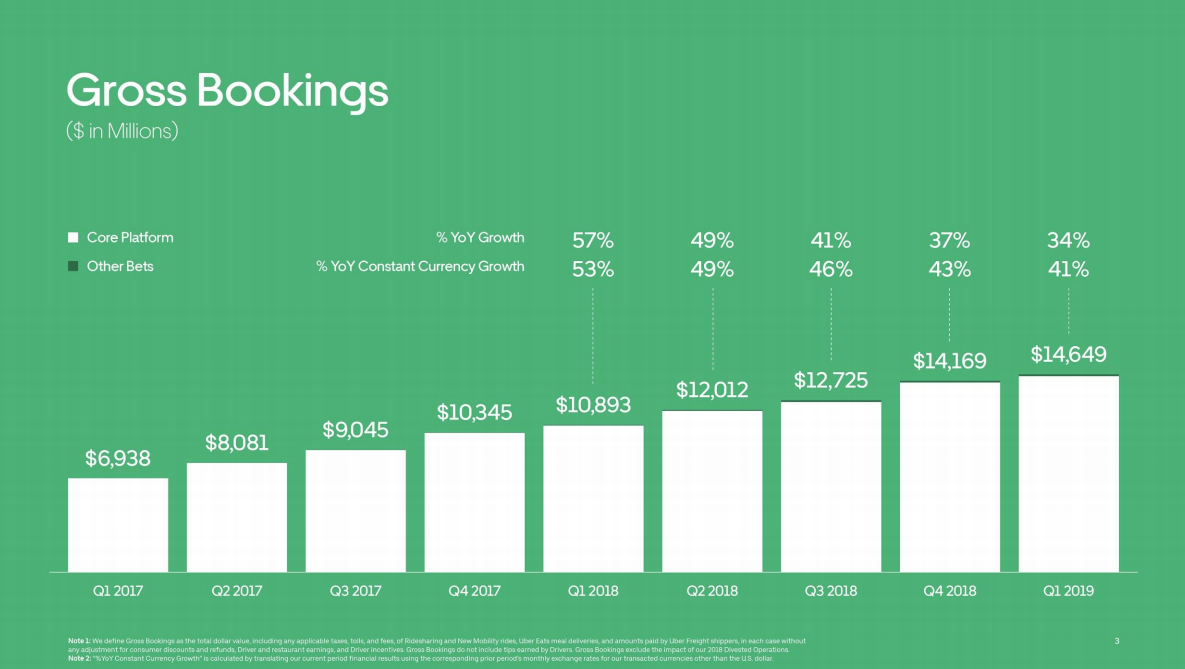

 Much like the smartphone, the PC is very much in a transitional space — though its identity crisis has been ongoing since it was completely overshadowed by the smartphone. For many Windows PC makers, that’s meant novel approaches like second screens, which were all the rage at Computex in Taipei this week.
Much like the smartphone, the PC is very much in a transitional space — though its identity crisis has been ongoing since it was completely overshadowed by the smartphone. For many Windows PC makers, that’s meant novel approaches like second screens, which were all the rage at Computex in Taipei this week.





